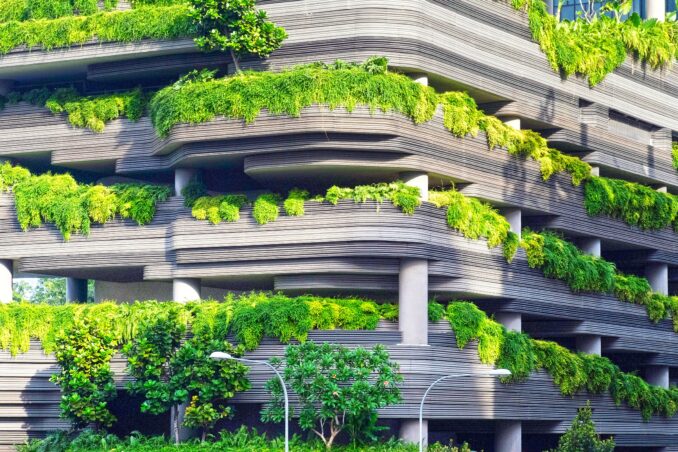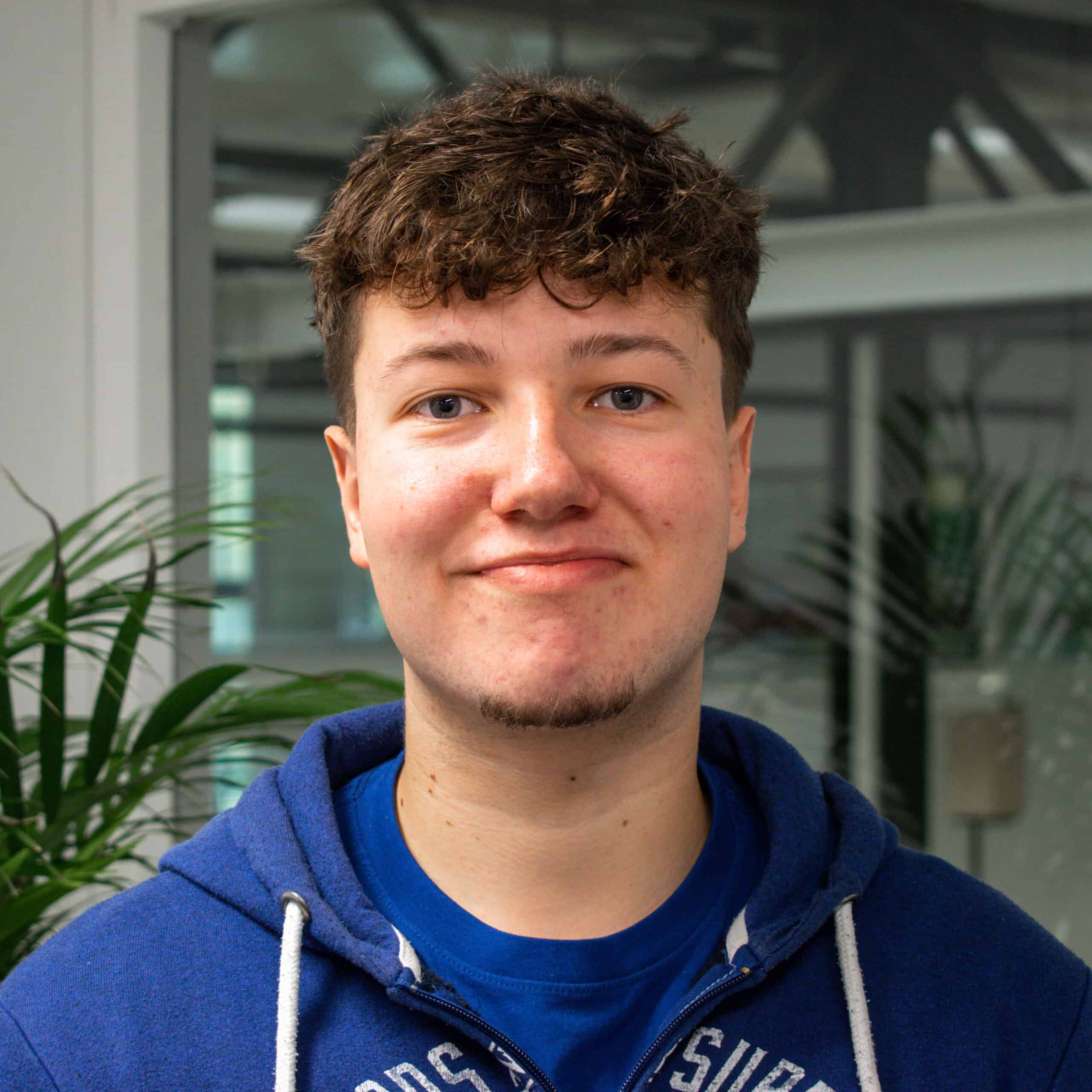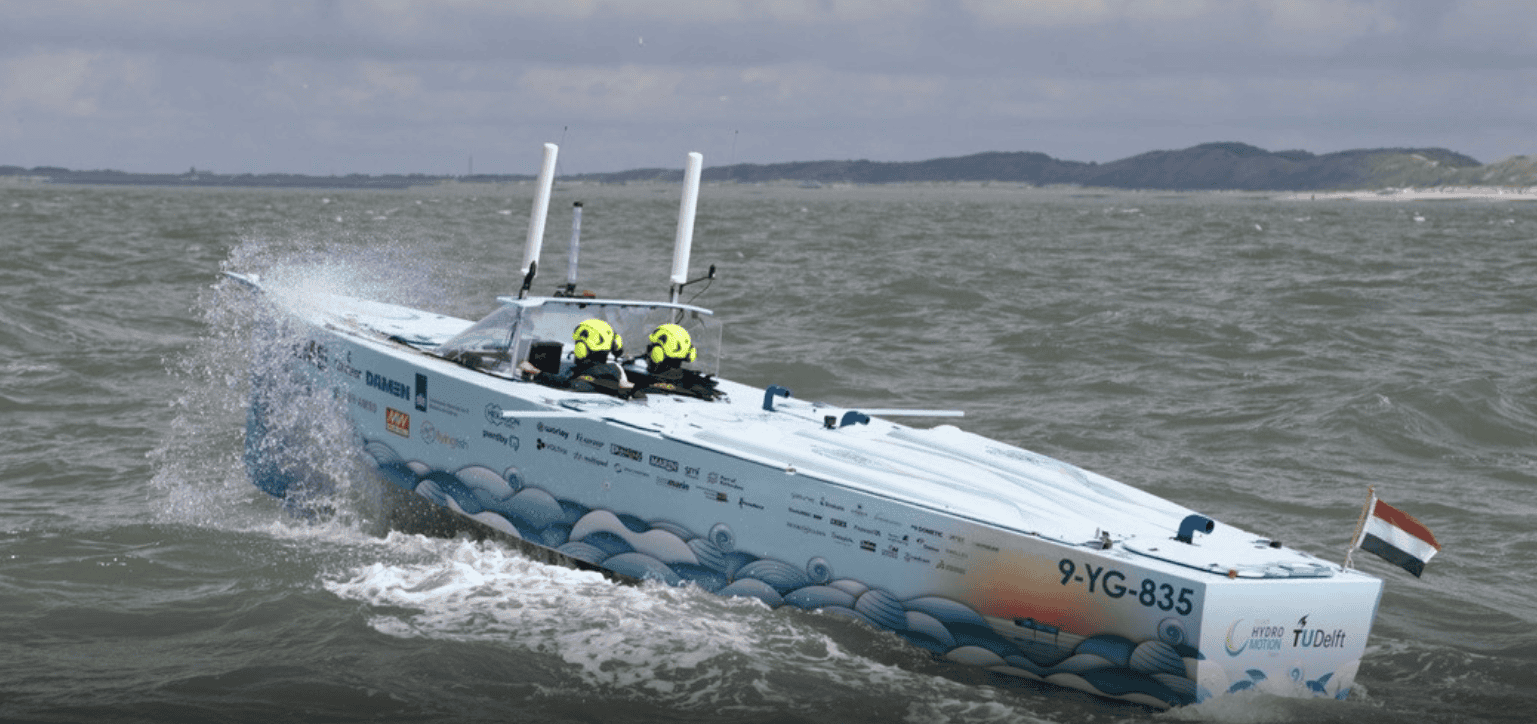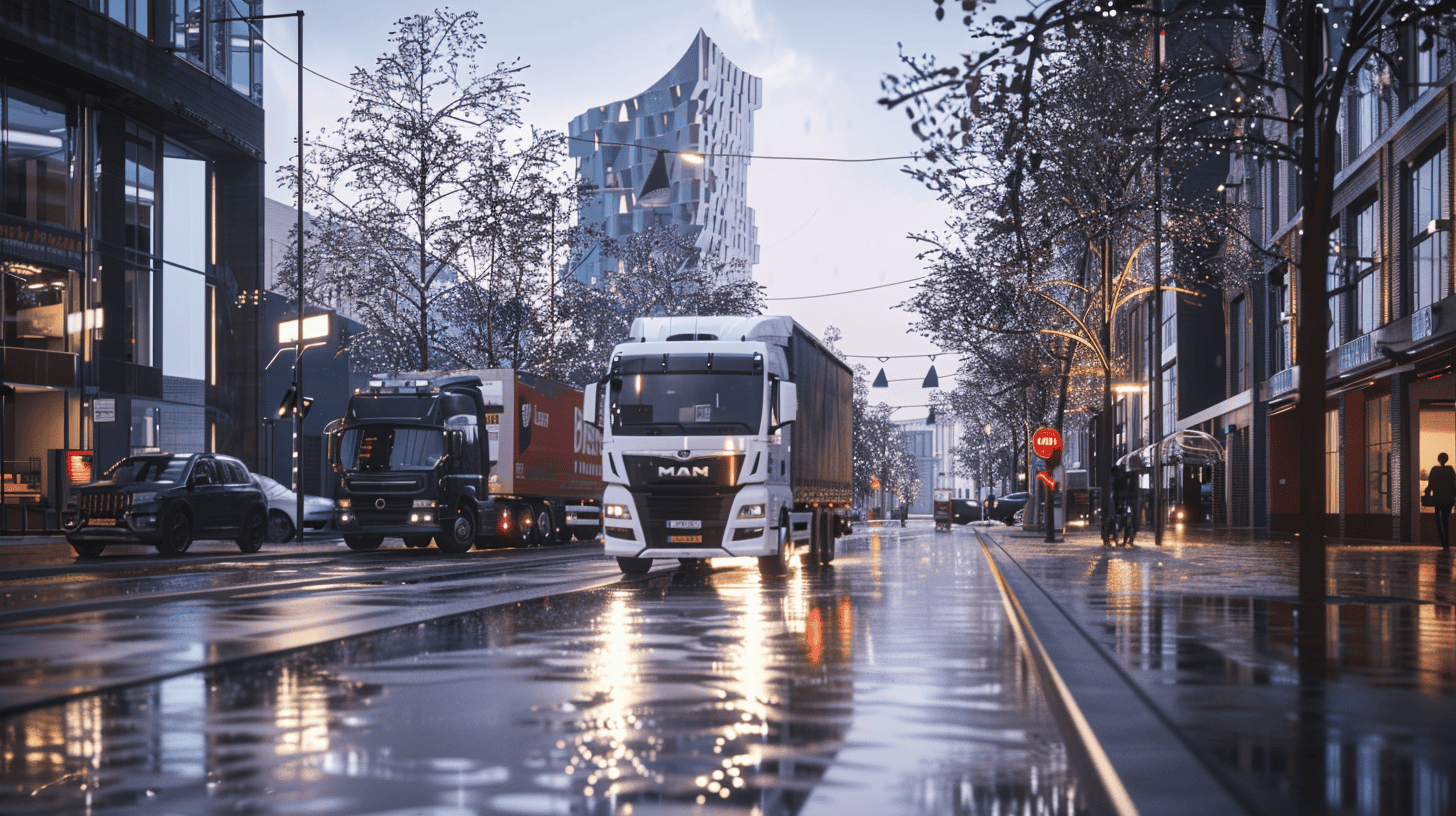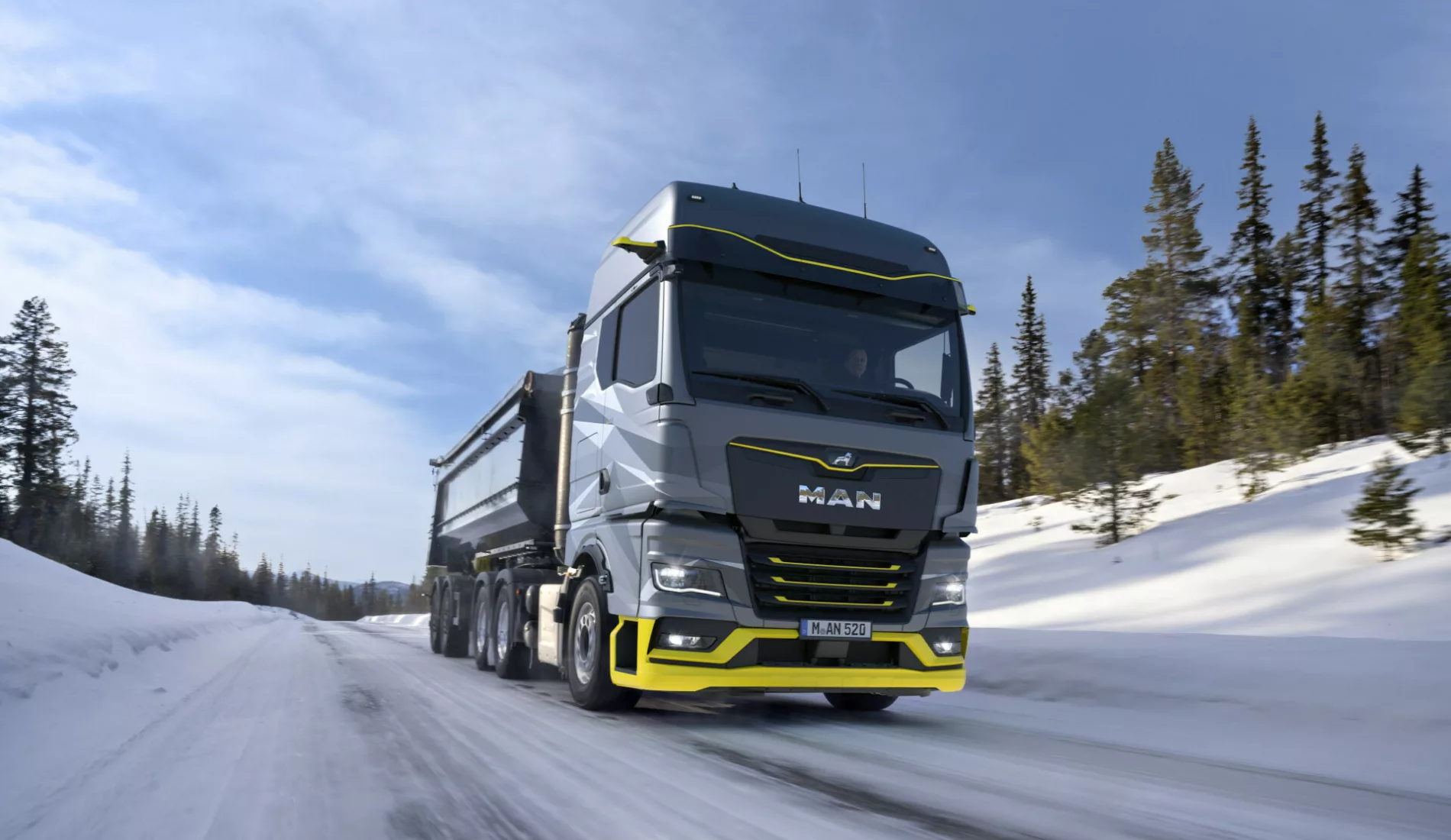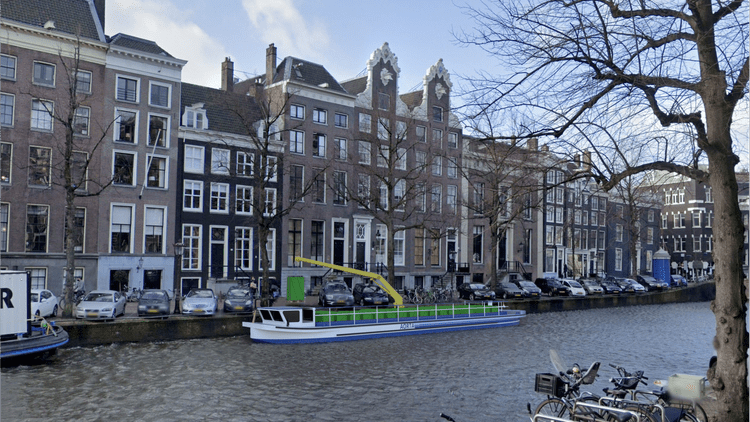
About AORTA Logistics
- Founders: Cor Gerritsen, Lourens Aalders, Ivo Dijkstra
- Founded in: 2018
- Employees: 1
- Money raised: The financing form and method is currently being determined for the first boat
- Ultimate goal: Developing a new form of city logistics that aligns with the goals of Zero Emission Cities (ZES) while taking their geographical options into account.
Soon, when you are no longer allowed to drive your delivery truck into town, how will you manage to bring your goods to the shops? Then you can ask the Dutch start-up AORTA Logistics for help. This start-up is in the process of developing an electric boat that can deliver companies’ goods right to their doorstep. In this instalment of start-up of the day, co-director Cor Gerritsen explains exactly how this works.
What is the background of AORTA?
“Over thirty Dutch municipalities want emission-free city centres by 2030. This will call for a new way to deliver supplies. The groundwork for this was laid some time ago in Amsterdam under the auspices of the Mokum Mariteam. This initiative was started around a decade ago in a joint venture with the waste processing organisation Renewi. What operators of canal boats were seeing back then was that the accessibility of inner cities would get worse if Zero Emission (ZE) zones were to actually be implemented.”
“An initial concept for a boat to transport raw materials away from inner cities emerged from that project. That boat is still in use today. This is what prompted us to start thinking about ways to develop it even further. We wanted to use the existing waterways as efficiently as possible for goods transport in the inner cities. This is how a more broad-based collective under the name AORTA came into being.”
What problem are you solving?
“Plenty of waterways are readily accessible in major cities. And those waterways have served as a starting point to focus on transportation by water with an innovative, electric boat. In the past, waterways were mainly used for recreational activities, but we also want to use these inland waters for the sustainable transport of goods. After all, there are plenty of alternatives for transporting goods by road. In addition to water, we could also make use of pipelines or transport by air.”
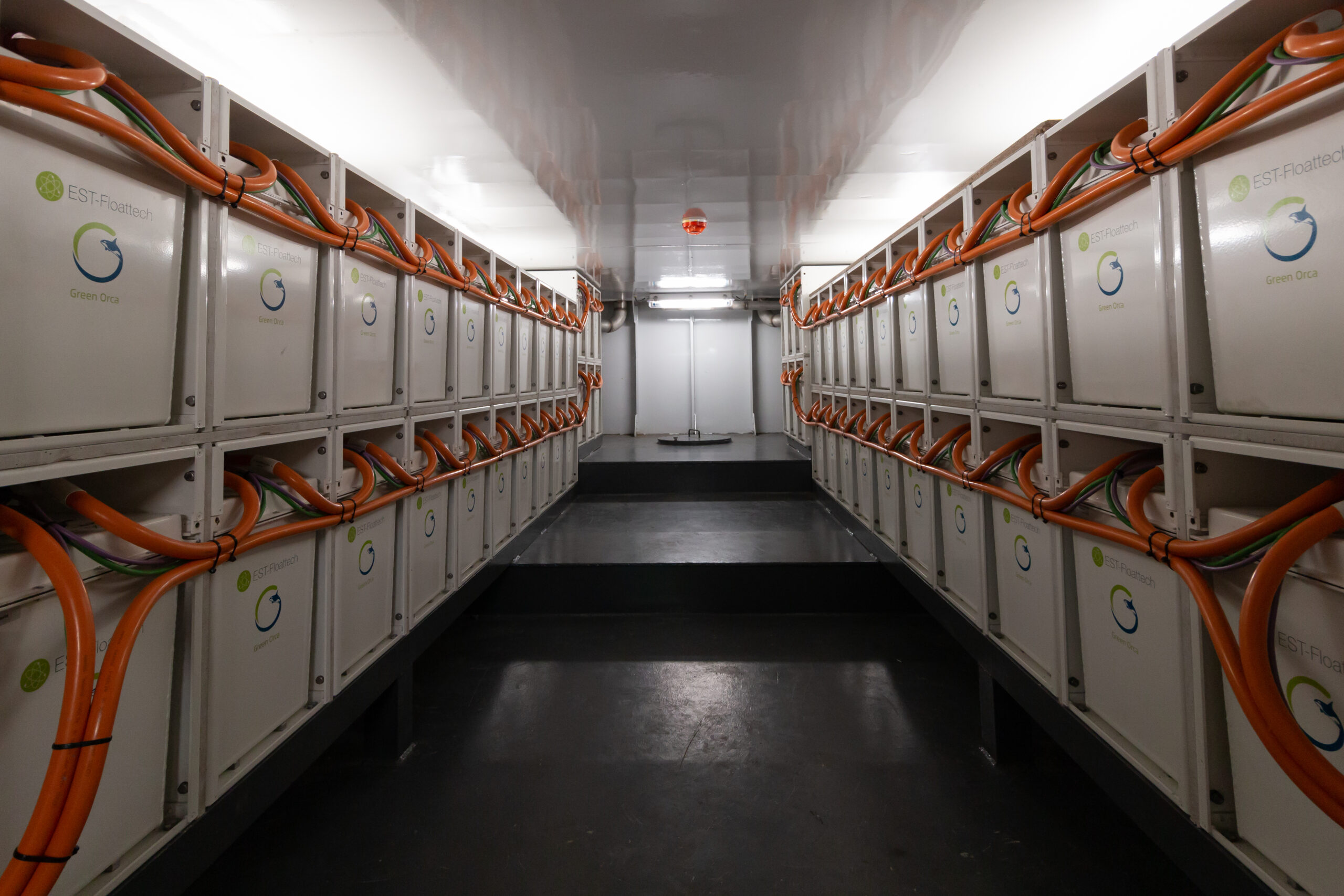
“You have to make smart combinations in cities with the different modes of transport on offer. This is how we try to solve the problem of the ‘last mile‘. After all, bringing goods to the edge of the city can already be done cleanly just fine. But you also still need to deliver the goods right to the shops. With our electric cargo bike, for example, we are making sure that these last few metres are covered in a sustainable way.”
What does the loading to delivery process look like?
“The central hub is the departure point. We sail into the city from there. For locations that are not located directly on the waterfront, we have zero-emission last-mile transport, which includes cargo bikes and electric vans. When we make deliveries, we are happy to take back a new shipment of goods, raw materials or other types of cargo. Our boat is low and manoeuvrable, has a 36-tonne payload and approximately 100 m3 of cargo space.”

Is the boat also suitable for passenger transport?
“It can be used for that. Think of transporting construction workers and installers, for instance. Park the vans on the outskirts of the city, the construction workers hop on board with their tools and other gear and are then transported to the construction site. It is also possible to transport people by electric-powered sloops over water to wherever they want in the city centre.”
How did you come up with the name AORTA?
“AORTA was chosen as the name because the letters each stand for a pillar within the company. In Dutch, The A stands for ‘aanvoer’ – the supply of goods, the O for ‘op- en overslag’ -storage and transhipment, the R for ‘regie‘ -taking control of the logistics side of things, the T for ‘transport‘ and the last letter A for ‘afvoer’, as in the removal of goods and raw materials. Put together, this forms AORTA and our goal is to start a new way of circulating goods to urban areas with emission-free supply in mind.”
What challenges are you running into?
“The challenges are diverse. You need all kinds of facilities to make that kind of transportation possible. You need fast-charging facilities, for one thing. Also, we are talking in terms of a chain initiative. It’s not just about the boat or about shipping stuff. Before, it was cool to build such a boat, but we need to look further. You basically have to build a completely new supply system for the city centre.”
What goals are in store for the future?
“We want to show how a new and sustainable supply system can be set up in these Dutch municipalities. In fact, there is also a huge demand for these kinds of solutions in other countries. We eventually want to sell this concept and our knowledge on it in cities abroad as well. Developing similar projects, but by different means, is another one of our goals. Think about supplying cities through the use of cable cars or via pipelines.”
